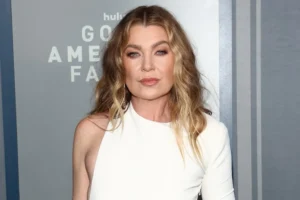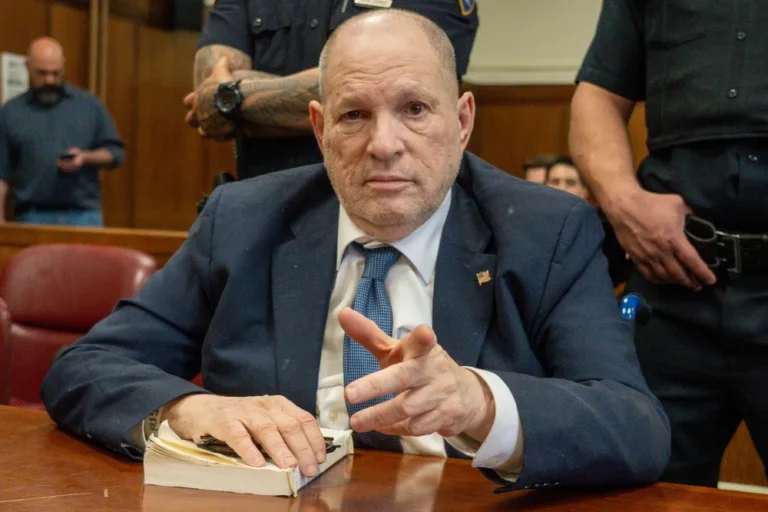By Sophie Bennett, Contributing Writer
Between the amorphous concept of Hollywood and the innumerable independent producers of television and movies, the film and TV industries are vast and ever-expanding businesses. These industries rely on both men and women as audience members, yet the ratio of male to female filmmakers has always heavily favored the former.
Throughout the history of the film business, women have had many highs and lows, starting out with a level ratio of women in the industry, followed by a period of barely any female involvement at all. Then when the second-wave of feminism hit, in the 1960s, female filmmakers began popping up again.
However, not even twenty years after the decade of growth, that number has dropped drastically. Luckily, during the second-wave of feminism there was a much stronger anti-Hollywood climate, which led to the rise of the independent film industry. This less commercially driven climate has given women the most space to make films in the last 40 years. Although there are still women in Hollywood, indie films are where women have been able to gain the most success.
Even now, the statistics comparing women working in indies versus blockbusters are disparaging. Although both are horrifyingly low, the independent market has a noticeably higher success rate for women. The Center for the Study of Women in Television and Film released statistics for 2014 showing that in high budget movies, “85 percent of films had no female directors, 80 percent had no female writers, 33 percent had no female producers, 78 percent had no female editors and 92 percent had no female cinematographers.” Comparatively, “women accounted for 25 percent of directors, writers, producers, executive producers, editors and cinematographers working on the indie films screened at U.S. festivals in 2015-2016.”
There is also a major difference when men and women filmmakers vie for positions in the industry. In blockbusters, women tend to work as producers and editors. Women in the industry began to work as editors during film’s formational years, when editing was associated with sewing.
When it comes to independent movies, directing, writing and producing have the highest numbers of women. In the indie film industry, if there is at least one female director or writer involved in a production, the percentage of women in all the other positions almost always doubles.
Unfortunately, the number of women directors in indies is still very low, but that doesn’t take away from the fact that the industry tends to give women more opportunities. It isn’t difficult to find a reason for why these statistics aren’t changing. Stories of women being flatly denied jobs because of their gender are a regular occurrence, as well as female directors encountering a lack of respect while working.
It is disturbing that this attitude can be attributed to beliefs that women simply aren’t as talented or that they lack ambition. These stereotypes, although extremely outdated, are very much alive on film sets. Even though the statistics have remained the same for decades, the public scrutiny surrounding this issue has increased in recent years. The truth of the matter is that women comprise half of the audience for the entirety of the film industry and should be represented both onscreen and off.
















+ There are no comments
Add yours